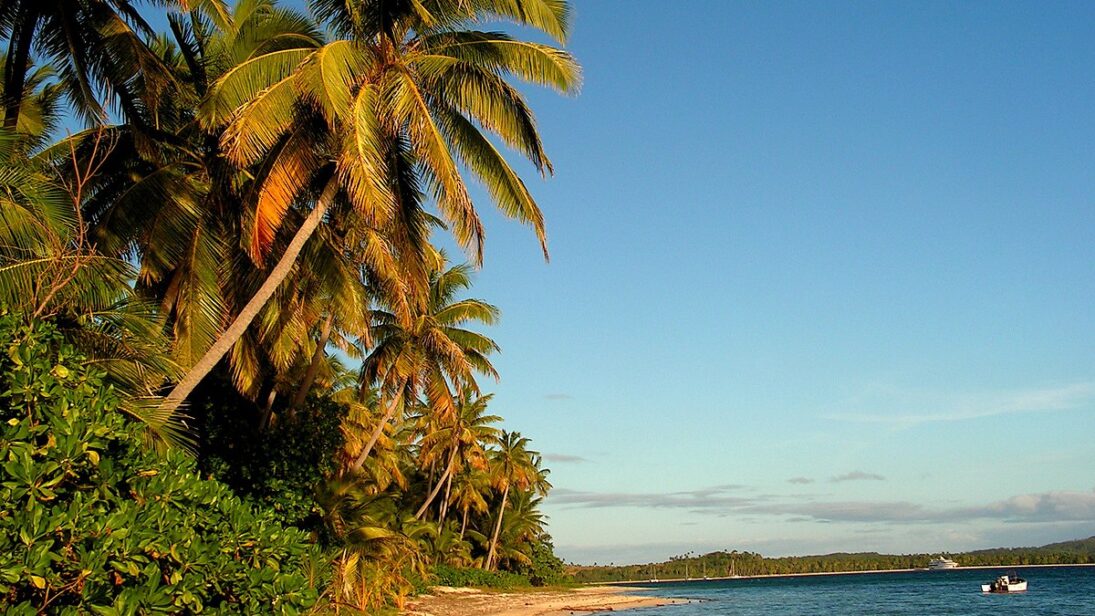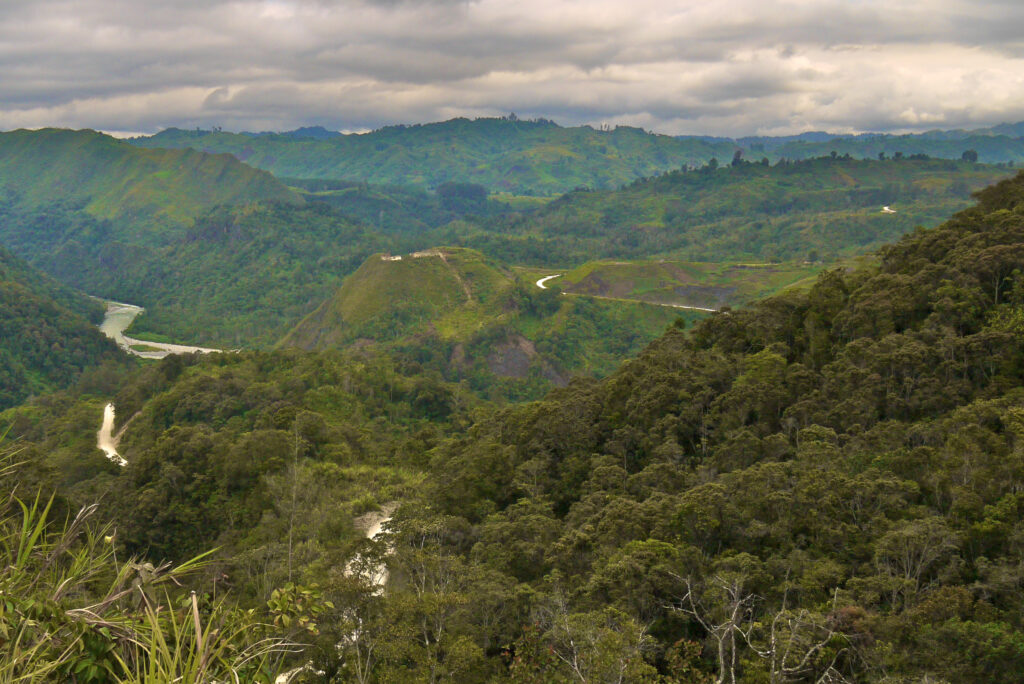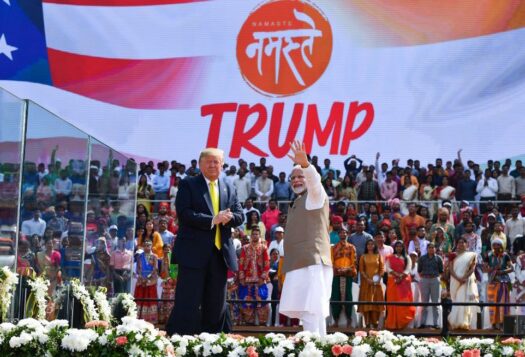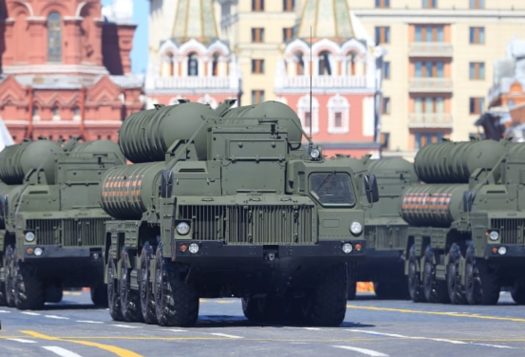
After Indira Gandhi visited Fiji in 1981, it took 33 years for an Indian Prime Minister to visit a Pacific Island again. In 2014, Narendra Modi visited Fiji, re-invigorating India’s relations with the Pacific after a long period of limited engagement. Prime Minister Modi marks his inaugural visit to Papua New Guinea this month at the heels of a decade-long strategic push in India’s engagement with the Pacific. These efforts are motivated by two main factors.
The first is strategic. India aims to secure its economic and strategic interests in the Pacific region and push for a multipolar Indo-Pacific to balance against a growing Chinese influence. The second and more normative factor driving New Delhi’s engagement with the Pacific is India’s search for global power status. India is beginning to look beyond its immediate neighborhood and harbors strategic ambitions encompassing the wider Indo-Pacific.
India in the Pacific: Strategic and Normative Drivers
The Pacific is removed from India’s immediate strategic neighborhood. There are no obviously significant geopolitical interests that India must defend in the Pacific region, especially when it comes to increasing its aid program, which has traditionally been focused on its near neighbors in South Asia. Yet, India’s ‘Act East’ policy appears ready to expand its horizons to the Pacific region.
Prime Minister Modi’s visit to Papua New Guinea highlights the strategic aims of India’s drive to diversify its engagement in the Pacific. Traditionally, New Delhi has focused engagements with Fiji due to its cultural connections, relative size, and economic strength in the Pacific Islands Forum (PIF)—the principal regional organization through which Pacific island countries cooperate on collectively strengthening their economies, governance, and security.
Papua New Guinea could be a strategic investment for India’s gas, mineral, and energy sectors. Since 2010, there have been discussions for India’s state-owned enterprise Gas Authority of India (GAIL) to buy stakes in Liquified Natural Gas (LNG) terminals in PNG. While talks between Gail and Papua New Guinea are ongoing, India looks to secure its ever-growing energy demand.
Traditionally, New Delhi has focused engagements with Fiji due to its cultural connections, relative size, and economic strength in the Pacific Islands Forum (PIF).
While India’s economic interest in Papua New Guinea should not be understated, there were diplomatic challenges ahead of the visit. Papua New Guinea confirmed that President Biden would attend the summit alongside Prime Minister Modi. Initially, Modi planned to bring an Indian business delegation to Port Moresby as part of his visit, which has now been cancelled in rebuke. Nevertheless, the third edition of the Forum for India–Pacific Islands Cooperation (FIPIC) summit is being co-hosted by Port Moresby and New Delhi, demonstrating both partners’ commitment to enhancing cooperation.
But there is a broader context to Modi’s PNG visit. Since 2014, India has largely attempted to re-engage with the Pacific region through developmental initiatives, given its already strengthening ties with Australia through the Quad and growing trade relations. Additionally, to enhance institutional linkages with the Pacific, India launched FIPIC in 2014. This region-wide dialogue serves as the primary platform through which India engages with Pacific Island states and helps ensure that its development assistance to the region is demand-driven and response-oriented. As a forum that engages all Pacific island countries, FIPIC caters to more inclusive region-wide cooperation instead of piecemeal engagement with specific states. India’s development cooperation partnership highlights the more normative element underpinning its engagement with the Pacific, although it is not without its strategic assessments.
India’s Development Cooperation with the Pacific
India and the Pacific region are experiencing a growing alignment of their development and strategic goals. They share common interests in the energy sector, climate change, and creating sustainable ocean-based economies. India has tactically tapped into these overlaps and tailored its assistance to the Pacific accordingly.
The Pacific region has an underdeveloped energy sector due to outdated power infrastructure, long distances between locations, and reliance on imported fossil fuels. Transitioning from fossil fuels to renewable energy is essential to address the region’s growing energy needs while reducing carbon emissions.

India has undertaken multiple projects to provide renewable energy to the Pacific islands. These projects include providing solar power to 2800 homes across fourteen Pacific Island countries, a grant worth USD $1.1 million to provide solar energy to an entire Kiribati district, and energy-efficient equipment worth USD $200,000 to Vanuatu. In his recent visit to Suva, Foreign Minister Jaishankar and Fiji’s Prime Minister Sitiveni Rabuka also launched a two-year project amounting to USD $1.3 million to install solar power systems in the official residences of Pacific heads of state. India also introduced a concessional Line of Credit of USD $150 million that Pacific islands can avail to undertake solar, renewable energy, and climate-related projects based on their requirements and priorities.
India’s solidarity with the Pacific islands on climate change goes beyond the provision of renewables. India and the Nauru government constructed a 200-meter to build resilience against sea-level rise and associated natural disasters. It also launched Climate Early Warning Systems in seven Pacific island countries in 2017. It assists with the consequences of frequent natural disasters that hit Pacific island countries, including relief and rehabilitation grants to Vanuatu, Tonga, and Fiji.
India is also walking the talk on enforcing climate friendly policies at home and that matters in how it is perceived by at risk regions. India plans to amend its national electricity policy to curb the development of new coal-fired power plants. It also co-founded the International Solar Alliance with France to promote solar energy. Multiple Pacific Island states are full members of this alliance. India has also pledged its support to the Pacific islands’ climate change negotiations at international fora, with Modi reasserting that “your interests will have the strength of our voice.”
India focuses on a South-South development cooperation agenda as it sets itself up as a regional power. While its interests are to increasingly balance against China’s growing presence even on distant shores, they showcase India’s ambition to be seen as a global power.
India’s vision of creating a sustainable and climate-resilient ‘Blue Economy’ through the use of ocean resources also complements the Pacific’s 2050 Strategy for the Blue Pacific Continent. The latter aims to harness the region’s ocean identity, geography, and resources to create a sustainable blue economy. Critically, this identity anchored in the ocean has received endorsement from Modi, who at FIPIC II referred to Pacific Island states as “large ocean states with vast potential.”
Aid remains a statecraft tool that a country deploys to achieve strategic aims. In this case, aid is being for India’s quest for multipolarity in the Indo-Pacific. New Delhi’s short-term interests remain in securing its economic and diplomatic interests in the region, as Modi’s PNG visit highlights. Still, there is more to it than material interests driving this era in India’s foreign policy.
India focuses on a South-South development cooperation agenda as it sets itself up as a regional power. While its interests are to increasingly balance against China’s growing presence even on distant shores, they showcase India’s ambition to be seen as a global power. However, given the increased number of great power players in the Pacific, it will be difficult for India to match them dollar for dollar where aid is concerned. The silver lining is that India’s focus on strengthening local capacity, providing demand-driven assistance, and renewable energy could set India’s engagement with the Pacific apart.
Also Read: India’s Ambitions in the Indian Ocean Region
***
Image 1: Fiji via Wikimedia Commons
Image 2: Papua New Guinea via Flickr


